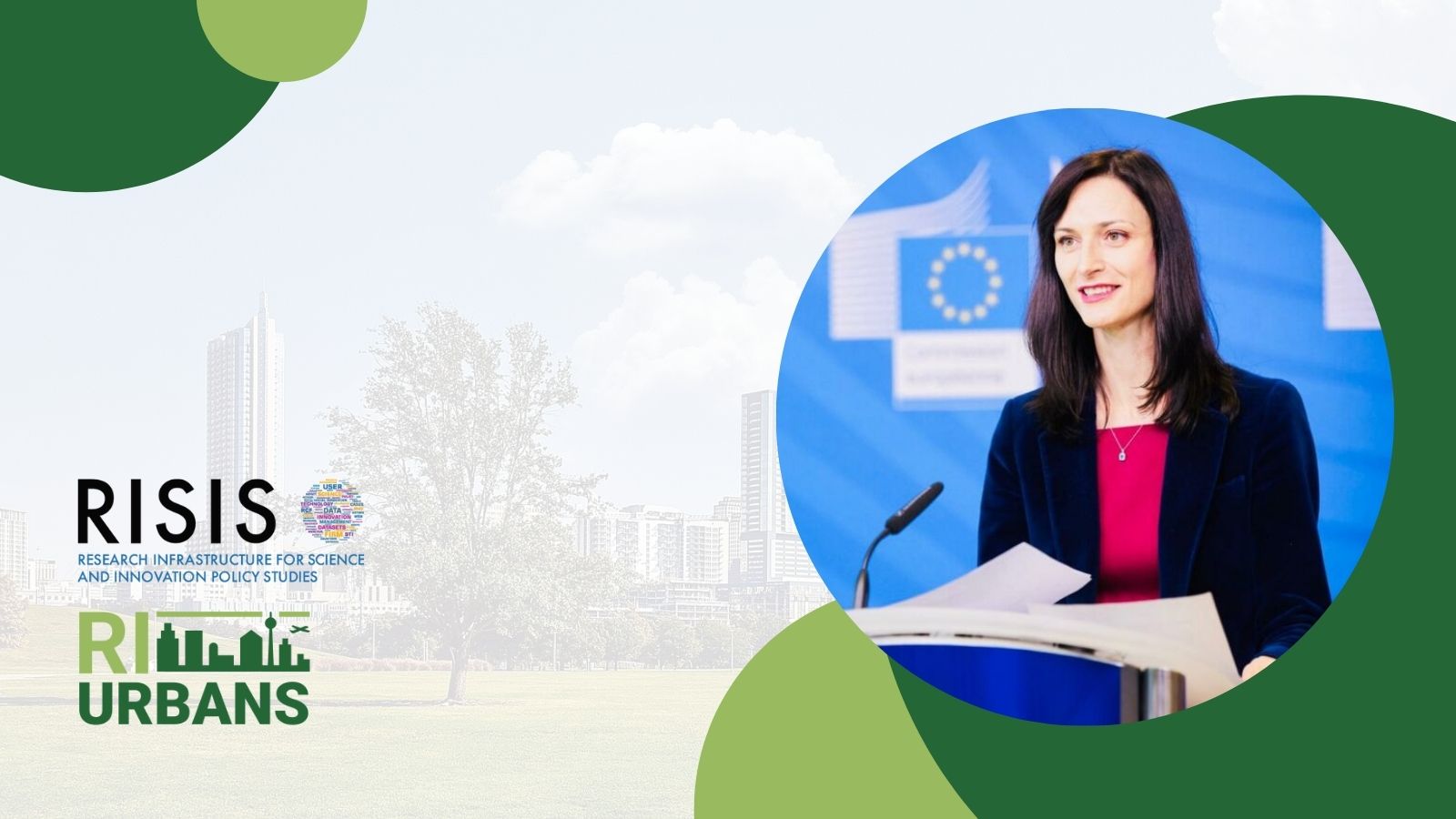What are ultrafine particles?
RI-URBANS project focuses on particulate matter and ultrafine particles to enhance the air pollution monitoring systems in Europe. Ultrafine particles, particles smaller than 0,1 µm, can be absorbed in the lung tissue and quickly enter the bloodstream, causing negative effects on the population. What are ultrafine particles? Ultrafine particles are usually defined as particles smaller than 0,1 µm (100nm) in diameter. To quickly get an idea about their extremely small size, if pollen had the size of a football stadium, the ultrafine particle from diesel soot would be the ball. In urban areas, ultrafine particles, also called nanoparticles, have a major anthropogenic origin, mostly primary emissions from road traffic. However, new particle formation processes can generate also ultrafine particles from precursor gaseous pollutants. This is known as nucleation or new particle formation and can be produced close to the exhausts or photochemically at urban and regional scales. Accordingly, the contributions of these sources to urban ultrafine particles might differ according to climate and emission patterns. TEM photomicrograph of ultrafine particles sampled in ambient air in Barcelona. | Image source: Xavier Querol (CSIC) Ultrafine particles are measured in number concentrations (number/cm3) while standards of atmospheric particulate matter (PM10 and PM2.5, particles smaller than 10µm and 2.5µm, respectively) are set up for mass concentrations (µg/m3). The improvements in urban air quality in Europe undergone during the last 15 years allowed to reduce PM10 and PM2.5, but this does not necessarily imply a proportional decrease of ultrafine particles. When particulate matter levels are high, gaseous pollutants tend to condensate on these particles and the mass concentration grows. On the contrary, when particulate matter levels are low but there is high insolation new particle formation might be favoured instead of condensation and this increases the number concentration. Why ultrafine particles might be so relevant for health? Epidemiological and toxicological studies suggest that negative health effects may increase with exposure to decreasing particle size. Due to its nanometric size, inhaled ultrafine particles are uptaken by epithelial cells in the lungs where they can even penetrate the tissue. They can also be translocated to the interstitial space that lies in between blood vessels or can reach directly the bloodstream, making it more difficult for its removal from the body. Another effect of these particles is the lack of macrophage recognition in the alveoli, which impairs the immune system to detect and remove them from the lungs. Ultrafine particles are inhaled and can be absorbed by the alveoli tissue, entering directly the circulatory system | Image source: OpenStax College, under the Creative Commons Attribution 3.0 license. The association between exposure to nanoparticles and health outcomes is, however, inconsistent in the literature, probably due to: reduced number of studies (compared to studies on PM2.5), lack of representativeness of the few existing nanoparticles measuring sites, hampering their link with health outcomes, differences in measurements protocols differences in source contributions: Whereas in some cities most days with high [...]


